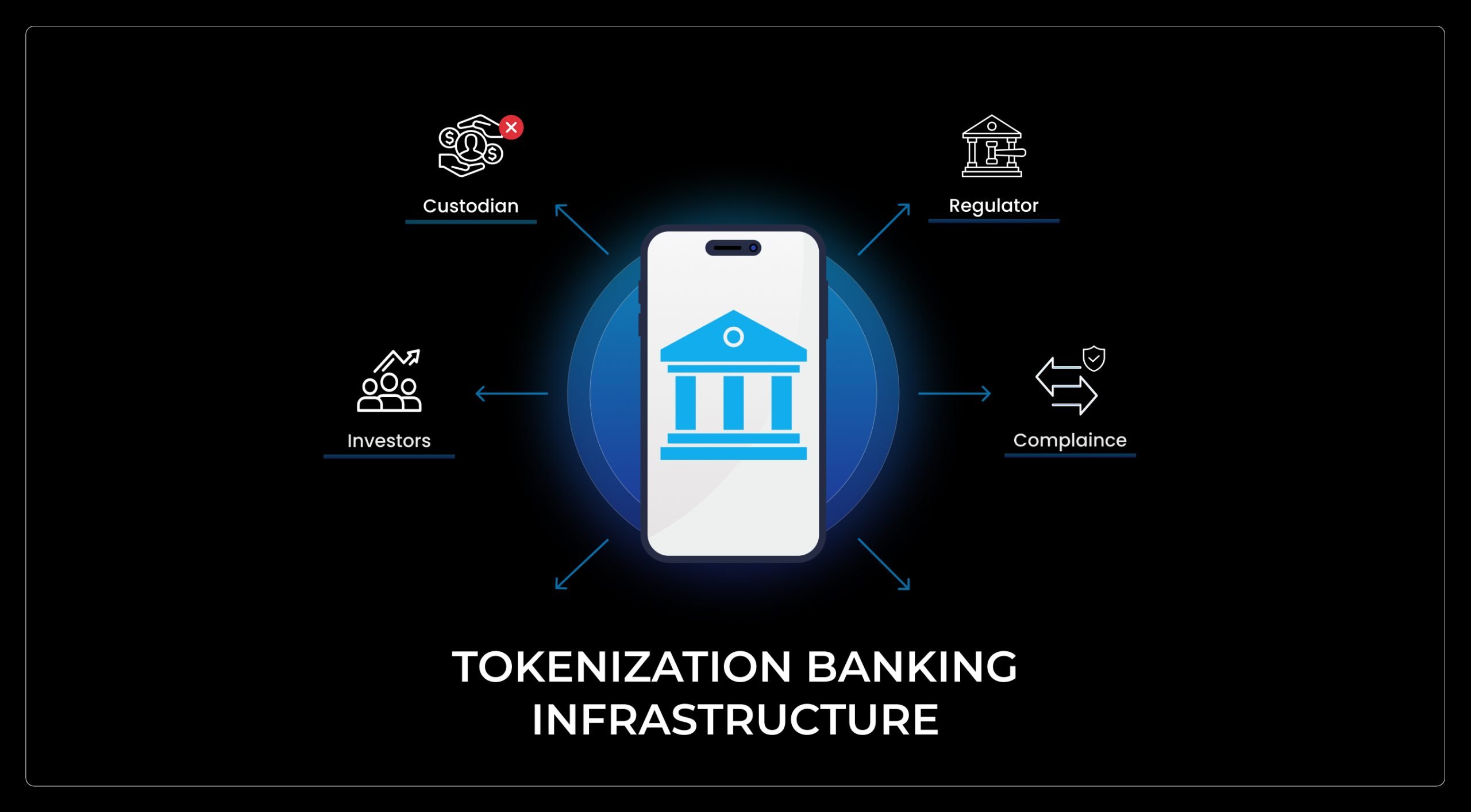How Tokenized T-Bills Improve Liquidity for Institutional Investors

Institutional investors are facing a pivotal transformation in fixed-income markets, driven by the rise of tokenized T-Bills. As blockchain technology matures, the process of converting traditional U. S. Treasury Bills into digital tokens is rapidly reshaping how large asset managers approach liquidity, operational efficiency, and risk management. The momentum is unmistakable: with assets in tokenized T-Bills reaching $5.7 billion by mid-2025, institutional adoption is no longer theoretical, it’s happening now.

24/7 Liquidity and Real-Time Trading Access
The most compelling advantage for institutions is the leap from legacy market hours to round-the-clock trading. Tokenized T-Bills unlock continuous secondary market access, eliminating the friction of waiting for traditional exchanges to open. This means portfolio managers can rebalance positions or respond to macro events in real time, rather than being constrained by T and 2 settlement cycles or daily cutoffs.
Fractionalization further amplifies this effect. By breaking down large-denomination T-Bills into smaller digital units, tokenization opens doors for more diverse participation and enables precise liquidity management. Investors can now buy or sell portions of their holdings instantly, optimizing capital allocation and minimizing idle cash drag.
Operational Efficiency and Cost Reduction Through Smart Contracts
The integration of smart contracts into treasury tokens is not just a technical upgrade, it’s a paradigm shift for back-office operations. Automated processes handle interest payments, compliance checks, and transfers with minimal manual intervention. The result? Dramatically reduced operational costs and error rates.
This automation also drives near-instant settlement, slashing counterparty risk and freeing up capital that would otherwise be tied up in clearing processes. In an era where speed equals competitive advantage, tokenized T-Bills give institutional desks the ability to execute strategies with unprecedented agility.
Collateral Mobility and DeFi Integration
A new wave of liquidity solutions is emerging as tokenized T-Bills become accepted collateral across both traditional finance (TradFi) and decentralized finance (DeFi) platforms. Institutions can now deploy these tokens as secure backing for loans or margin requirements, often in real time, without leaving the blockchain ecosystem.
This seamless collateral mobility enhances capital efficiency while providing robust transparency through on-chain verification. As more DeFi protocols integrate high-grade assets like U. S. Treasury tokens, expect a surge in cross-market liquidity opportunities, and a reimagining of how fixed-income assets are utilized within institutional portfolios.
Regulatory clarity is catching up with innovation, as global authorities move to establish frameworks that balance investor protection with the efficiency gains of blockchain. This evolving landscape is crucial for unlocking the full potential of tokenized T-Bills, ensuring that institutions can scale their exposure while maintaining compliance and risk controls. Major players like BlackRock and Franklin Templeton have already paved the way by launching regulated tokenized funds, signaling confidence in both the technology and its oversight.
Market Depth and Secondary Trading Dynamics
The secondary market for tokenized treasuries is maturing rapidly. Liquidity pools are deepening as more institutional participants enter, bringing tighter spreads and improved price discovery. Unlike traditional over-the-counter (OTC) transactions, blockchain-based trading platforms provide transparent order books and real-time settlement data, reducing information asymmetry and enhancing confidence among counterparties.
This transparency doesn’t just benefit large asset managers. It also empowers smaller institutions to participate in previously exclusive markets by providing granular access to live market data and fairer execution. As a result, the ecosystem becomes more resilient and competitive, a win for all market participants.
Strategic Implications for Institutional Portfolios
With $5.7 billion in tokenized T-Bill assets already circulating, institutional investors are rethinking liquidity management strategies from the ground up. The ability to instantly convert treasury tokens into cash or other digital assets allows for more dynamic asset allocation, especially in volatile macro environments or during sudden liquidity crunches.
For portfolio managers seeking alpha without sacrificing safety, tokenized T-Bills offer a compelling blend of yield, risk mitigation, and operational flexibility. They also provide an on-ramp to sophisticated DeFi strategies that leverage U. S. government debt as programmable collateral, a development that would have been unthinkable just a few years ago.
Next Steps: Navigating Adoption and Integration
For institutions exploring their first steps into blockchain-based fixed income, due diligence is key. Evaluating platform security, regulatory status, integration with existing infrastructure, and counterparty risk should be at the top of every checklist. Early adopters are already realizing tangible benefits by incorporating treasury tokens into their liquidity management toolkits, often gaining an edge over slower-moving peers.
If you want a deeper dive into how these innovations are transforming institutional portfolios or practical examples of on-chain liquidity management using tokenized treasuries, check out our detailed guides here:
- How Tokenized T-Bills Are Revolutionizing Institutional Liquidity Management
- How Tokenized Treasury Bills Are Transforming Institutional Fixed Income Portfolios
- How Institutional Investors Use Tokenized Treasury Bills for On-Chain Yield and Liquidity
The bottom line? The convergence of blockchain technology with U. S. Treasuries is not just enhancing liquidity, it’s redefining what’s possible in institutional fixed-income investing. As adoption accelerates and regulatory frameworks mature, those prepared to capitalize on this evolution will set new standards for speed, transparency, and capital efficiency in global markets.







